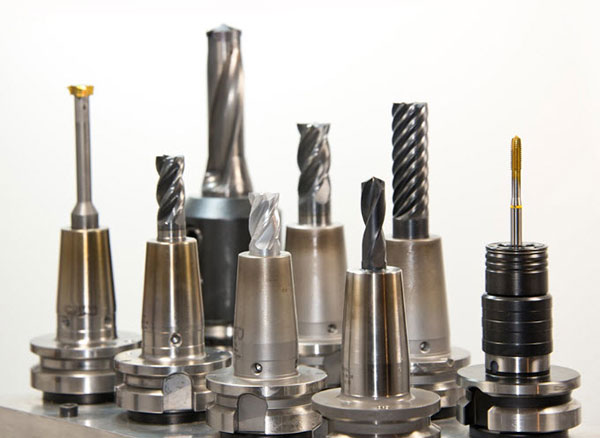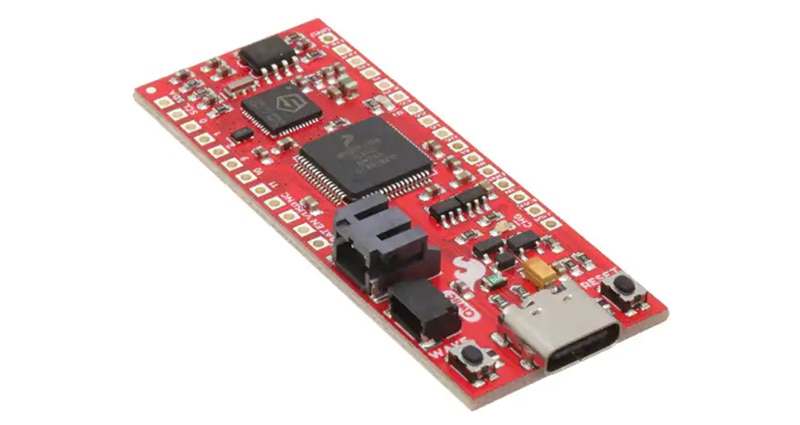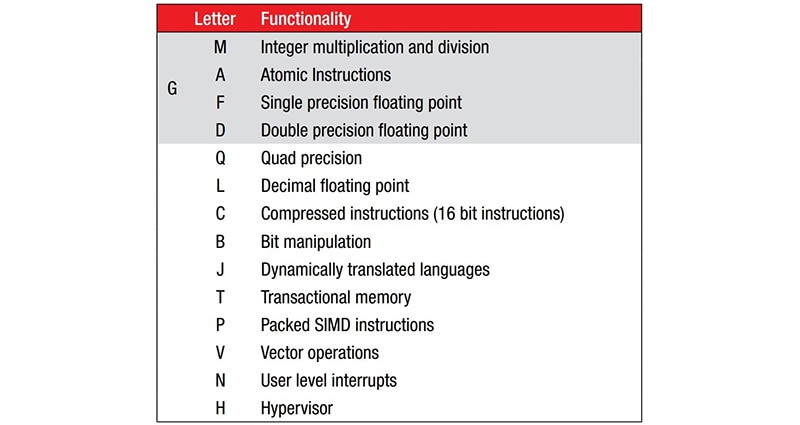Here’s Why and How to Use a Wi-Fi-Enabled Touchscreen as a Compact IIoT User Interface
User interfaces for industrial automation (IA) equipment range from complex multi-screen panels with cascading menus, down to something as simple as a big orange switch marked ON/OFF. To paraphrase Leonardo da Vinci, a user interface must be as simple as possible, but no simpler. It needs to be appropriate to the task and not unnecessarily complex.
In industrial automation systems, sometimes a compact user interface needs to be mounted near the system being operated, and also needs to be easily relocated when the system is reconfigured. The user interface can communicate with the equipment wirelessly with the flexibility of a touchscreen display. This can be useful not just for Industrial Internet of Things (IIoT) applications, but also for home automation projects. The application can be as simple as remote control of lights or opening the garage door.
I have seen lab techs set up a dedicated laptop connected to the local network for simple control tasks, including turning lights on and off, controlling fans, and unlocking doors using solenoids. This was a nice system, but it lacked basic security. For example, if the laptop was disconnected from the network, as a failsafe, all the lights turned on and the doors unlocked.
A cleaner and more efficient solution with appropriate security is a wireless networked touchscreen. MikroElektronika is a manufacturer of some pretty nice single board computer (SBC) systems, including the MIKROE-3923 embedded evaluation board with a capacitive touchscreen on a bright 3.5 inch (in.) 320 x 240 thin film transistor (TFT) display (Figure 1). The board can be powered by a single-cell lithium battery that is recharged via the USB-C connector, which supports both USB Host and Device modes.
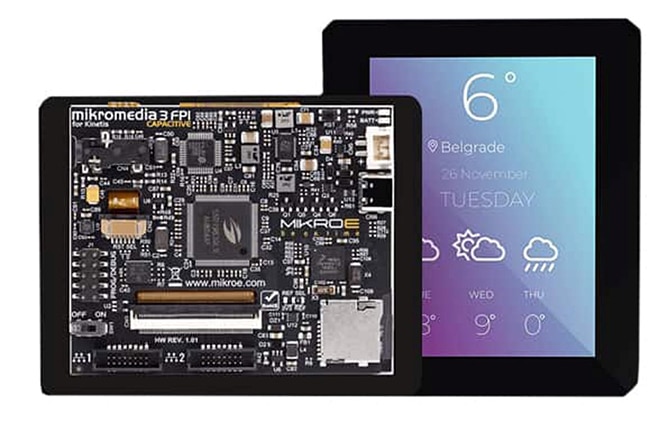 Figure 1: The MIKROE-3923, seen here on front and reverse sides, has a 3.5 in. 320 x 240 TFT display with a capacitive touchscreen surrounded by an attractive and protective bezel. It has a number of sensors and a buzzer and can interface locally using Wi-Fi. (Image source: MikroElektronika)
Figure 1: The MIKROE-3923, seen here on front and reverse sides, has a 3.5 in. 320 x 240 TFT display with a capacitive touchscreen surrounded by an attractive and protective bezel. It has a number of sensors and a buzzer and can interface locally using Wi-Fi. (Image source: MikroElektronika)
The MIKROE-3923 has a color depth of 24 bits and uses six high-brightness LEDs to provide a high contrast ratio of 500:1. This provides an easy-to-see, high-visibility display that is viewable in most lighting conditions. This is particularly important for brightly lit industrial facilities, as well as home automation systems that might be exposed to occasional sunlight. The touchscreen supports multiple touches as well as gestures. This can be useful in critical situations where an operator may need to quickly turn off a system by, for example, quickly swiping down the entire display.
The board supports the MikroElektronika mikroBUS expansion headers and can interface to compatible mikroBUS devices. The MikroElektronika MIKROE-2336 CC3100 mikroBUS Click Wi-Fi mikroBUS expansion board (Figure 2) can be easily plugged into the expansion headers to provide reliable connectivity to a facility’s Wi-Fi network. In addition, the CC3100 Click can also serve as a Wi-Fi access point. This can be a significant advantage in an industrial or home automation system as it can serve as the central access point and control a computer that handles the systems networked directly to the MIKROE-3923. This simplifies networking and maintenance, increasing system reliability.
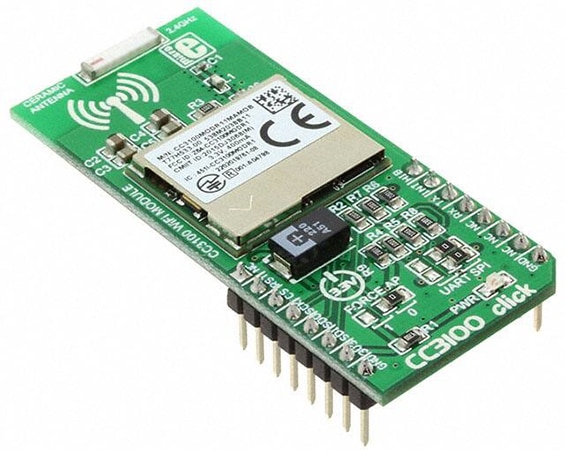 Figure 2: The MikroElektronika CC3100 Click Wi-Fi mikroBUS expansion board can provide reliable Wi-Fi connectivity to the MIKROE-3923. It can serve as a node on an existing Wi-Fi network or act as a Wi-Fi access point. (Image source: MikroElektronika)
Figure 2: The MikroElektronika CC3100 Click Wi-Fi mikroBUS expansion board can provide reliable Wi-Fi connectivity to the MIKROE-3923. It can serve as a node on an existing Wi-Fi network or act as a Wi-Fi access point. (Image source: MikroElektronika)
The MIKROE-3923 has an audio codec that supports most common audio formats. When a speaker is connected to the board-mounted 3.5 millimeter (mm) jack it can be used to provide audio feedback to an operator, including verbal notifications using synthetic speech as well as audible touchscreen clicks.
Sensors on the MIKROE-3923 include a three-axis accelerometer and a magnetometer. In a large IIoT facility where many people come and go, these sensors can be used to detect unauthorized movement or removal of the device. If unauthorized movement or tampering is detected, the MIKROE-3923 can send an alert over Wi-Fi to the security system and also sound an alarm over the speaker.
The main processor of the board is an NXP MK64FN1M0VDC12 120 megahertz (MHz) Arm Cortex-M4 with a floating processor unit (FPU). It has 1 megabyte (Mbyte) of program memory flash, 256 kilobytes (Kbytes) of SRAM, and enough processing power for complex edge processing. In addition, the MIKROE-3923 can also serve as the main SBC for industrial equipment, serving not just as the user interface but also as the central control computer for the connected equipment.
The MIKROE-3923 has a microSD card slot that can be used for data storage and also upgrade the firmware for the MK64FN1M0VDC12. The MIKROE-3923 also has an 8 Mbyte flash memory module that can be used as program flash memory or non-volatile data storage. This allows the MIKROE-3923 to store application constants or calibration data, and also to perform data logging of system operations. This can be useful in home automation systems for logging temperature over time, or in industrial automation systems for logging performance data for later examination to find ways to lower costs by improving efficiency.
Conclusion
Advances in IA, IIoT, and home automation often require flexible user interface options that are compact, easy to use, and viewable in bright light. With enough processing power and a Wi-Fi connection, a compact touchscreen user interface can do more than just serve as a control panel. It can also act as the main control computer for complex equipment or an IIoT network, simplifying operations and providing ease of maintenance.

Have questions or comments? Continue the conversation on TechForum, DigiKey's online community and technical resource.
Visit TechForum






